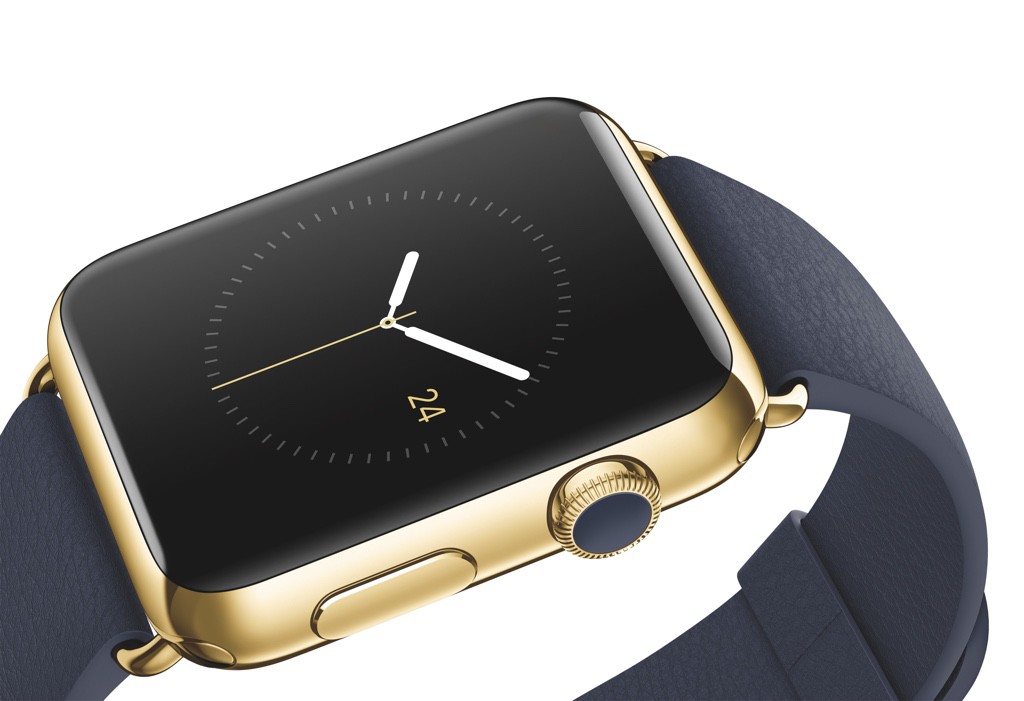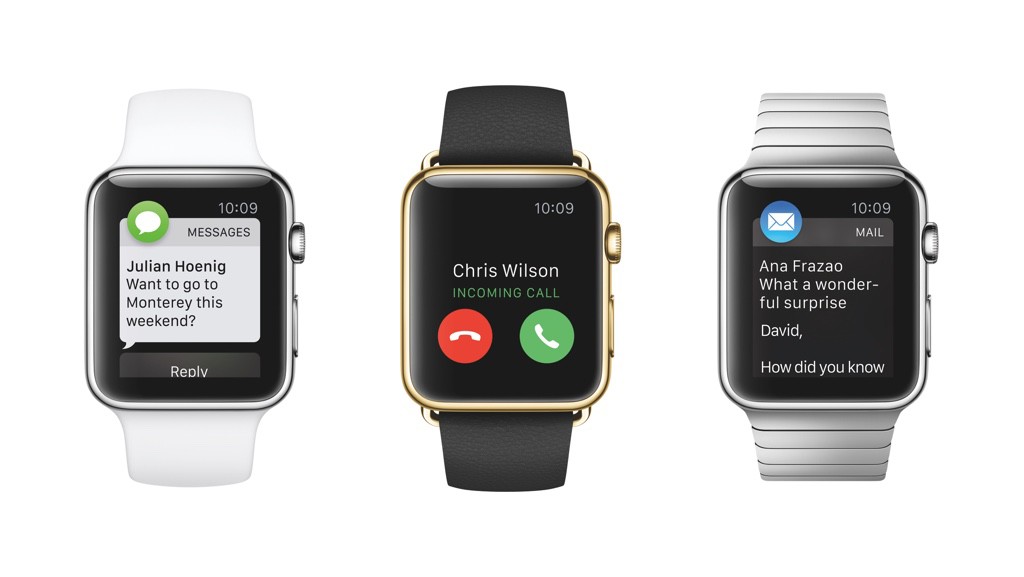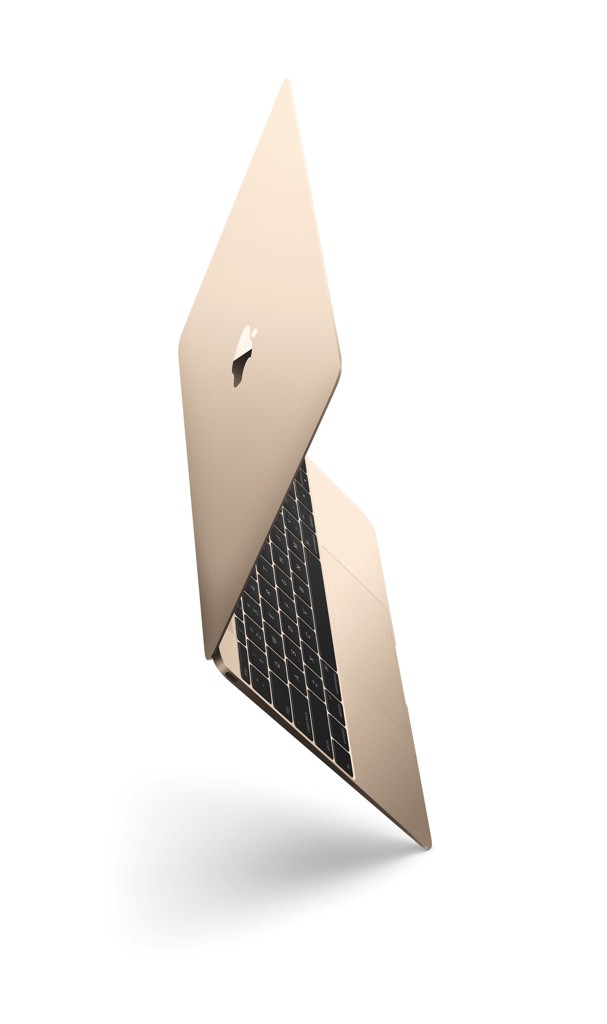
Apple officially announced today the latest addition to its product line: the Apple Watch. Today’s event answered the many questions that came up when the smartwatch was first announced in September 2014. In addition to the Apple Watch, the company also unveiled its new MacBook, featuring an all-new design. Here are my opinions about the announcements.
Apple Watch
My opinion still hasn’t changed since the last Apple event I covered. I said by that time:
“I am not a smartwatch enthusiast. I am an old school guy who like mechanical swiss timepieces and I can’t find a use for a second screen on my wrist. I wear a watch because I want to, not because I have to. And I can’t find a compelling reason to have to wear a smartwatch.”
I still can’t find a use case for myself, although I can understand the scenario presented by Christy Turlington Burns during the keynote. I think the Apple Watch has a strong appeal to the fitness-conscious crowd. Its tracking capabilities are incredible, but some require pairing with an iPhone (like GPS tracking, for instance). The built-in heart rate monitor is very clever and will be very useful during workouts.
Other than fitness, I can hardly find enough reason to justify spending $1049 on a smartwatch (that’s the price tag for the one I liked the design). I personally think that notifications are very annoying and keep those to a minimum on my Mac, iPad and iPhone. I don’t see why we should be getting those on a wearable second screen. The only advantage I see is that people will stop looking at their damn phones when you try talk to them — it’s more discreet looking at a watch than pulling a phone out of the pocket.

Apple Watch notifications: do you really want that?
Some features are questionable. Reading emails, replying to text messages or calling from the watch seems just too geeky and out of place — unless you are Inspector Gadget. And the 18-hour battery life doesn’t look that great.
Despite all of that, after reviewing all the available designs, I think the Apple Watch has a fashion appeal to it. I can see some people getting one as a fashion accessory. Although some designs are very geeky and even dorky, the stainless steel Apple Watch and the gold Apple Watch Edition have some very good looking models.
More importantly, the Apple Watch now positions Apple as a luxury brand. The price tags on some of the watches do not target the mainstream market — a $10000 18K gold Apple Watch is more targeted to the gold Rolex buyer than the Swatch buyer. Moreover, Apple featured 12 pages of ads for the Apple Watch in the March edition of Vogue magazine, positioning the product more like an Hermés bag, not a tech gadget. And let’s not forget that one of Apple’s executives, SVP of Retail and Online Stores Angela Ahrendts is the former CEO of Burberry, who brings extensive experience in the luxury market. All of this means Apple is setting foot in a new market segment. We should watch this closely, as success in a very high margin business like this should be very beneficial to the company.
I believe that the Apple Watch will be a success. It may not be as a big hit as the iPhone, but it has the elements to be a trendsetter. I’m looking forward to see how it goes starting on April 10, when pre-orders start.
Information about the Apple Watch can be found at Apple’s website and pricing information is already available at the Apple Store. Prices start at $349 for the Apple Watch Sport, and go up to $17000 for the most expensive Apple Watch Edition models.
New MacBook

My first impression was: this new MacBook is gorgeous. Okay, not the one above, but the Silver and Space Grey ones. The new design is really eye-catching and beautiful. This MacBook redefines what it means to be a portable notebook. It is just 13mm thin at its thickest point and it weighs just 2 pounds, but still packs a 2304×1440 12″ Retina Display with a glass cover.
The main reason for such a thin notebook is the fact that Apple ditched all the ports and replaced everything for a single USB-C connector. The new connector is not much larger than the Lightning port found on iPads and iPhones and allowed such a thin design. Apple is doing that again here: dropping legacy stuff. It has done before with the floppy disk on the iMac G3 and the optical drive on the first generation MacBook Air. Now, all the cables are gone. For those who need the ports, Apple has an accessory that gives you one USB and one VGA port for $79. People will probably call Apple crazy for this, as they did before on the iMac G3 days or when the MacBook Air was released. But the truth is: one year from now, and no one will say a thing about this.
Another part that had to change is the input. The keyboard has new mechanics, new key design and new backlight, with one LED per key. The key assembly is now 40% thinner than the previous MacBooks, allowing Apple to save a lot of space in the enclosure. The new Force Touch trackpad uses the same Taptic Engine found in the Apple Watch. The trackpad can tell the difference between various pressure levels, allowing OS X to enable new gestures and shortcuts based on click pressure.
What impresses me the most in this notebook, though, is the footprint of the logical board. The entire motherboard, processor, graphics chip, RAM and SSD fit on a board that is 67% smaller than the one found in the 11″ MacBook Air. Of course, that comes at a price: the processor chosen for this notebook is an Intel Core M, which isn’t as nearly as powerful than the typical Intel Core i5. In fact, performance-wise, it isn’t much faster than the A8X that powers the iPad Air 2, especially in multicore benchmarks. For people who don’t use very demanding apps, this shouldn’t be a huge issue, as the Broadwell Core M processors perform somewhat like the Ivy Bridge Core i5 that powers 2012 MacBooks under low loads. But as the processor throttles up, the performance difference is just too big.
Graphics-wise, the Intel HD 5300 should be capable of driving the Retina Display, as the first 13″ Retina MacBook Pro had an Intel HD 4000 graphics chip. But I’d like to see it in person just to be sure.
Fortunately, Apple didn’t make a compromise in RAM or SSD capacity: 8GB of LPDDR3 RAM standard and 256GB or 512GB SSD options.
The way it looks now, this new MacBook is a great concept exercise, but not very appealing in practical terms. It feels a lot like the first generation MacBook Air: great to behold, very hard to recommend.
And the 480p FaceTime camera is just cruel.
* all photos belong to Apple Inc.. Used with permission.